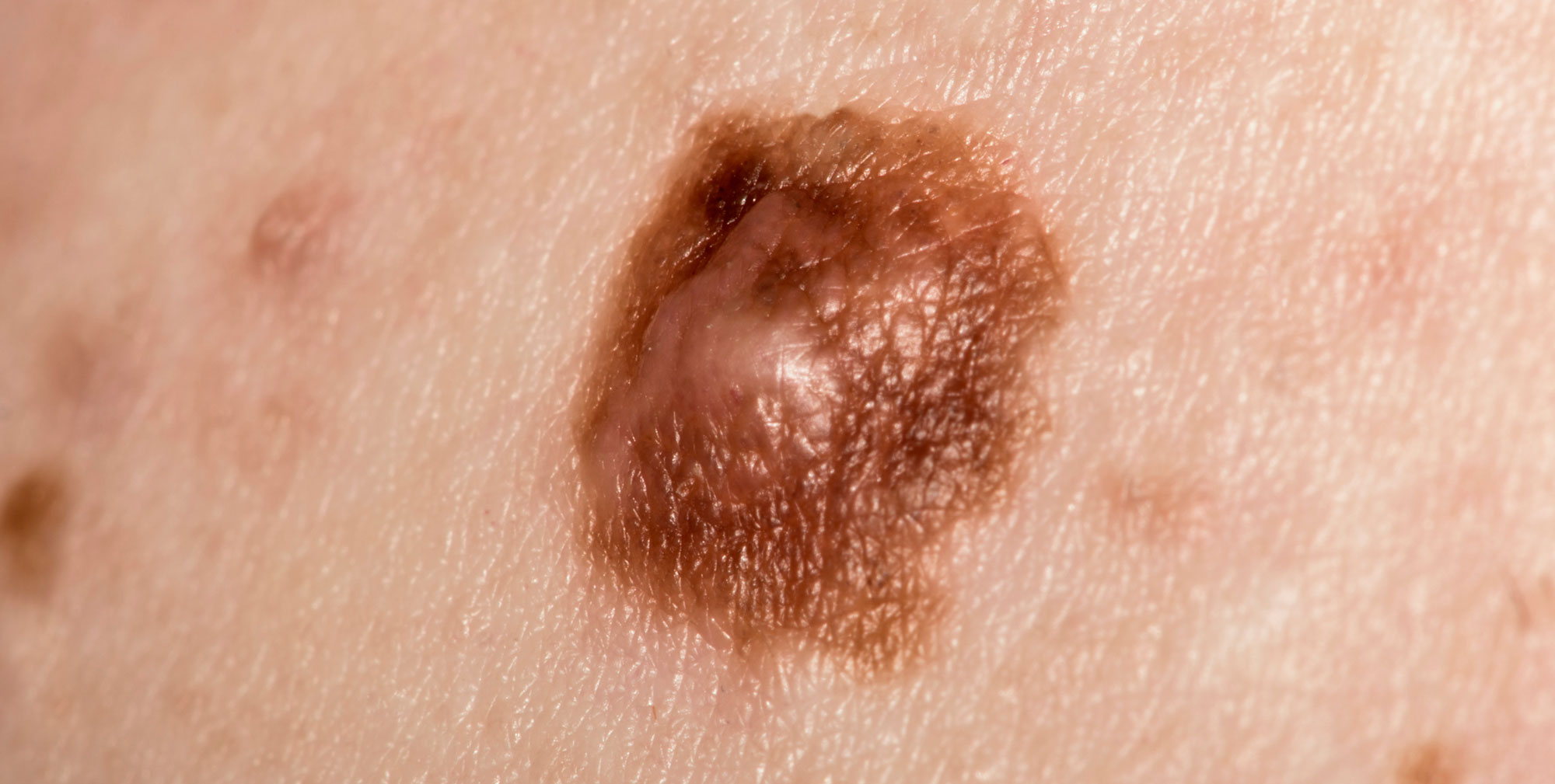
Melanoma
Melanoma can affect any part of the body, but is usually found on sun-exposed areas. It arises from the pigment cells that determine skin colour. Melanoma is now the third most common malignancy in Australia with men having a 1 in 13 lifetime risk and women a 1 in 22. Cure is possible with surgery alone if melanoma is detected early. If not discovered until later, melanoma can become more serious and spread to other parts of the body such as brain, lung and skin.
At Q Dermatology, we are dedicated to promote early detection and prevention. Our dermatologists have worked at some of the largest melanoma centres in the country, are up to date with the latest evidence and research, and can offer specialist advice.
Risk factors for Melanoma
Anyone can develop skin cancer, but the risks are higher for those with:
- Repeated sunburns and/or blistering
- Close family member having melanoma
- Previous use of solariums
- Body full of moles or unusual looking moles
- Fair skin which easily burns, freckles and never tans
- Previous history of melanoma (strongest risk factor)
What signs to look out for?
It’s as simple as ABCDE! Warning signs to look out for are new lesions or spots that follow the ABCDE rule:
A - Asymmetry, one half of a mole or birthmark does not match the other
B – Border, edges that are irregular, ragged, notched, or blurred
C – Colour is not the same all over; may include shades of brown or black, or patches of pink, red, white or blue
D – Diameter, a spot is larger than 5 millimetres across
E – Evolving, the mole is changing in size, shape, or colour
If you notice any of these changes on yourself, a friend or family member, call Q Dermatology and arrange to see one of our dermatologists who specialises in melanoma 07 3193 9715.